Sydney Roads
Why Are the Roads in Sydney Not Straight Like They Are in Melbourne?
Sydney and Melbourne, two of Australia’s largest cities, have distinct road layouts that reflect their unique histories, geographies, and urban planning philosophies. While Melbourne’s grid-like pattern is well-known, Sydney’s roads are often winding and less straightforward. Here’s why.
Historical Development
Sydney’s beginnings as a penal colony in 1788 set the stage for its organic road development. Early settlers established a settlement around Sydney Cove, and the roads evolved naturally to meet the immediate needs of the community. This resulted in a more irregular street pattern, unlike Melbourne’s planned grid system.
Topography
Sydney’s varied topography plays a significant role in its road layout. The city is built on a series of ridges and valleys, with the iconic Sydney Harbour and surrounding hills shaping the paths of the roads. Navigating this hilly terrain required winding roads, leading to the city’s non-grid structure.
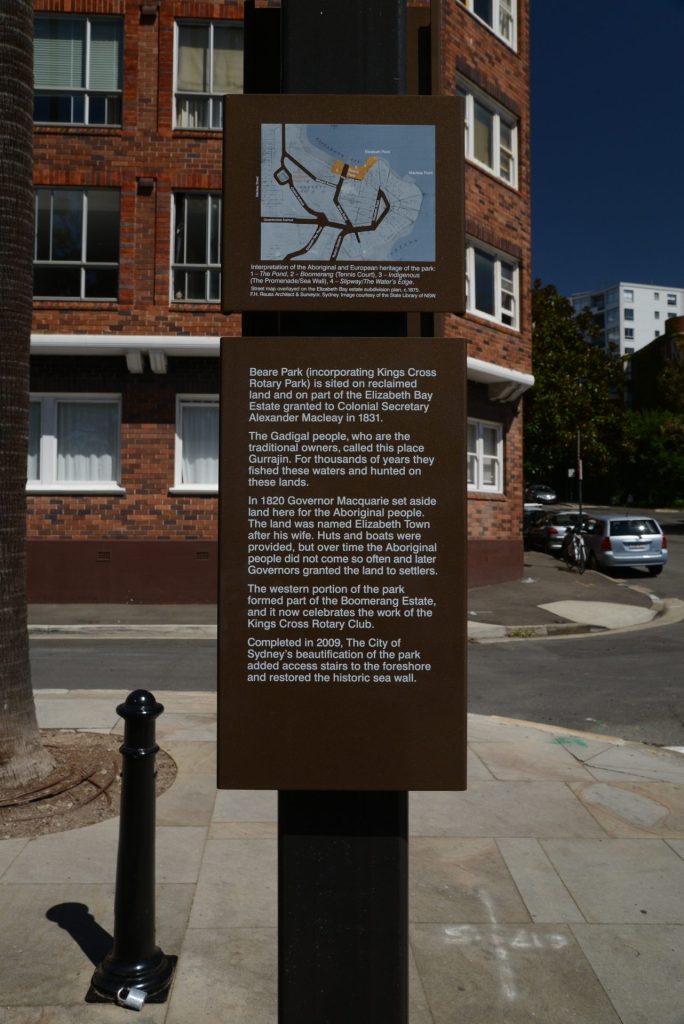
Urban Planning
Unlike Melbourne, which was designed with a grid system by surveyor Robert Hoddle in 1837, Sydney did not benefit from such large-scale planning. Instead, its roads developed incrementally, adapting to the existing landscape and the needs of a growing population. This incremental approach resulted in a complex and varied road network. Sydney roads had to be adapted to suit.
Transportation Needs
Sydney’s road network has had to accommodate diverse transportation modes, including cars, trams, and ferries. Connecting the central business district, residential areas, and waterfront locations required a more intricate road layout. This need for connectivity contributed to the city’s less straightforward road system.
Modern Developments
In recent years, Sydney has undertaken projects to improve its road network, such as the WestConnex project aimed at easing congestion. However, the historical and geographical factors continue to influence the Sydney road layout, making it distinct from Melbourne’s more organized grid.
Will This Change Over Time?
The road layouts in Sydney are deeply rooted in its historical development, topography, and urban planning. While these foundational aspects are unlikely to change dramatically, there are several factors that could influence the evolution of Sydney’s road network over time.
Urban Redevelopment
As Sydney continues to grow and modernize, urban redevelopment projects may introduce changes to Sydney roads & the road layout. Large-scale infrastructure projects, such as new bridges, tunnels, and expressways, could alter traffic patterns and improve connectivity. These changes to Sydney roads may address some of the winding and complex routes, making navigation more straightforward.
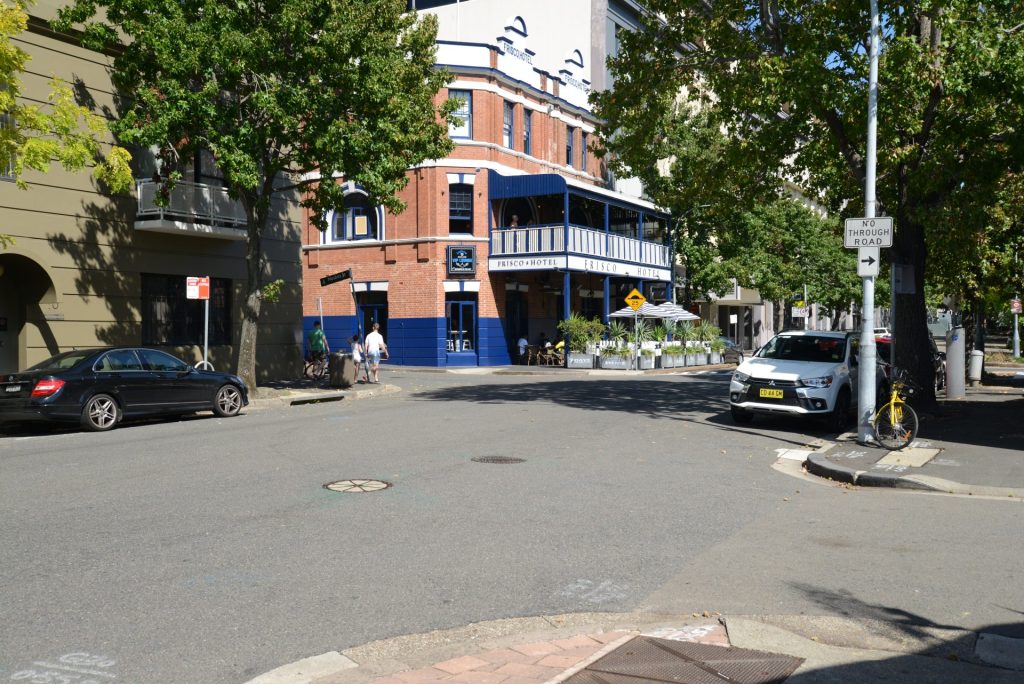
Technological Advancements
Advances in technology, particularly in the fields of transportation and urban planning, could significantly impact Sydney’s road network. Autonomous vehicles, smart traffic management systems, and enhanced public transportation options might reduce the reliance on traditional roadways and lead to more efficient use of existing infrastructure.
Environmental Considerations
With increasing awareness of environmental sustainability, there may be a shift towards more eco-friendly urban planning. This could include the development of green corridors, pedestrian pathways, and cycling routes, potentially altering the road network to prioritize sustainable transportation options.
Population Growth
Sydney’s population is expected to continue growing, which will put additional pressure on the city’s infrastructure. To accommodate this growth, urban planners may need to redesign and expand the road network, potentially introducing more structured layouts in certain areas to manage traffic flow more effectively.
Preservation of Historical and Cultural Sites
Efforts to preserve Sydney’s historical and cultural sites will play a role in how the city’s road network evolves. Maintaining the character and heritage of certain neighborhoods might limit drastic changes to the road layout, ensuring that the city’s unique history is respected.
Conclusion
The differences in road layouts between Sydney and Melbourne are the result of their unique histories, topographies, and urban planning approaches. While Melbourne’s grid system offers a clear and organized structure, Sydney’s winding roads reflect its organic growth and diverse landscape. Both cities possess their own charm and character, shaped significantly by their distinctive road networks. While the core aspects of Sydney’s road layout are unlikely to change drastically, ongoing developments and technological advancements could influence its evolution. Urban redevelopment, technological progress, environmental sustainability, and population growth will all play a part in shaping the future of Sydney roads. However, the city’s rich history and unique topography will continue to be reflected in its distinctive and charming road network. The road network in Sydny is complex & ever changing to suit the existing balance between progress & history
Join the Discussion
Have you experienced the winding roads of Sydney or the grid-like streets of Melbourne? What are your thoughts on the unique road layouts of these cities?
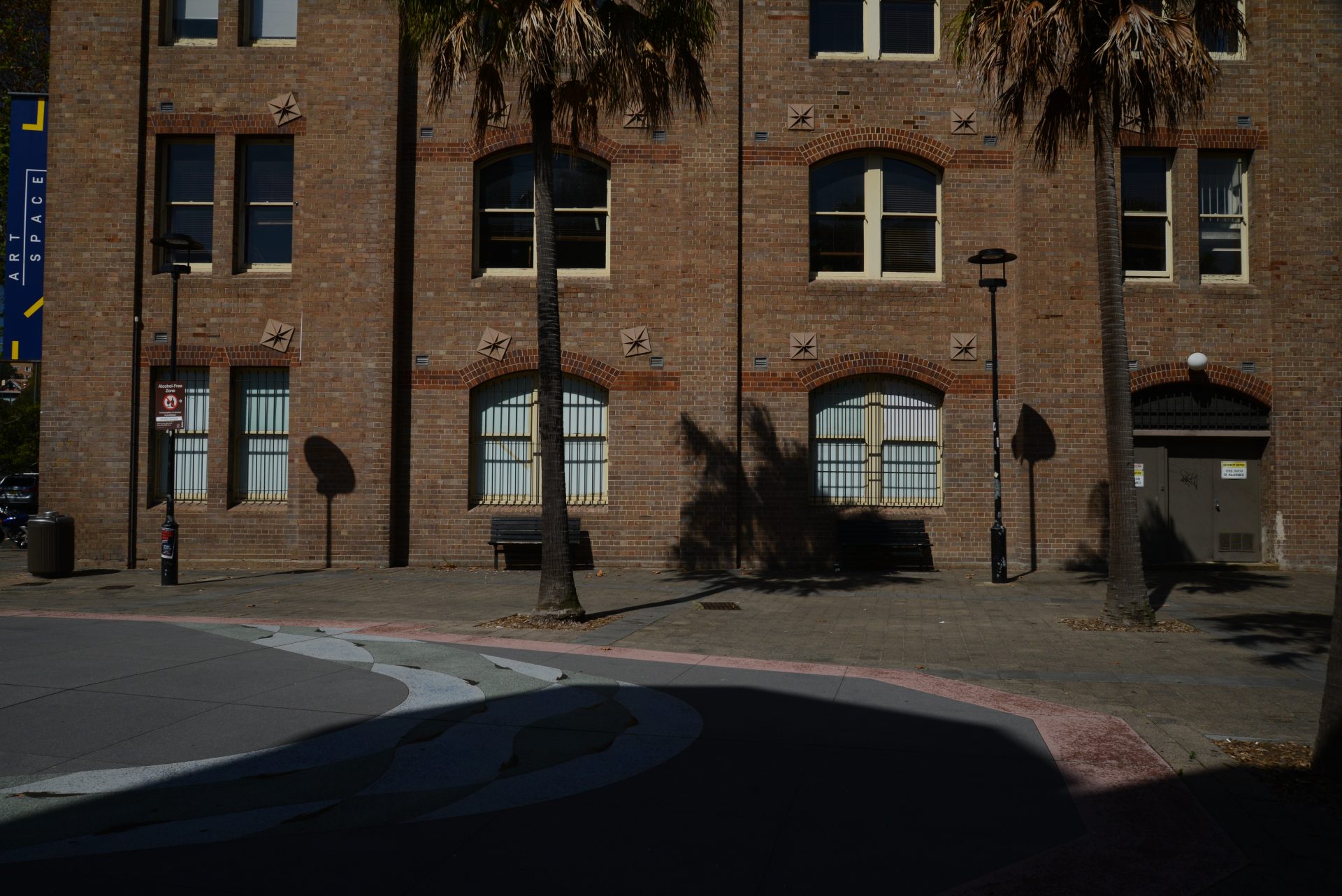

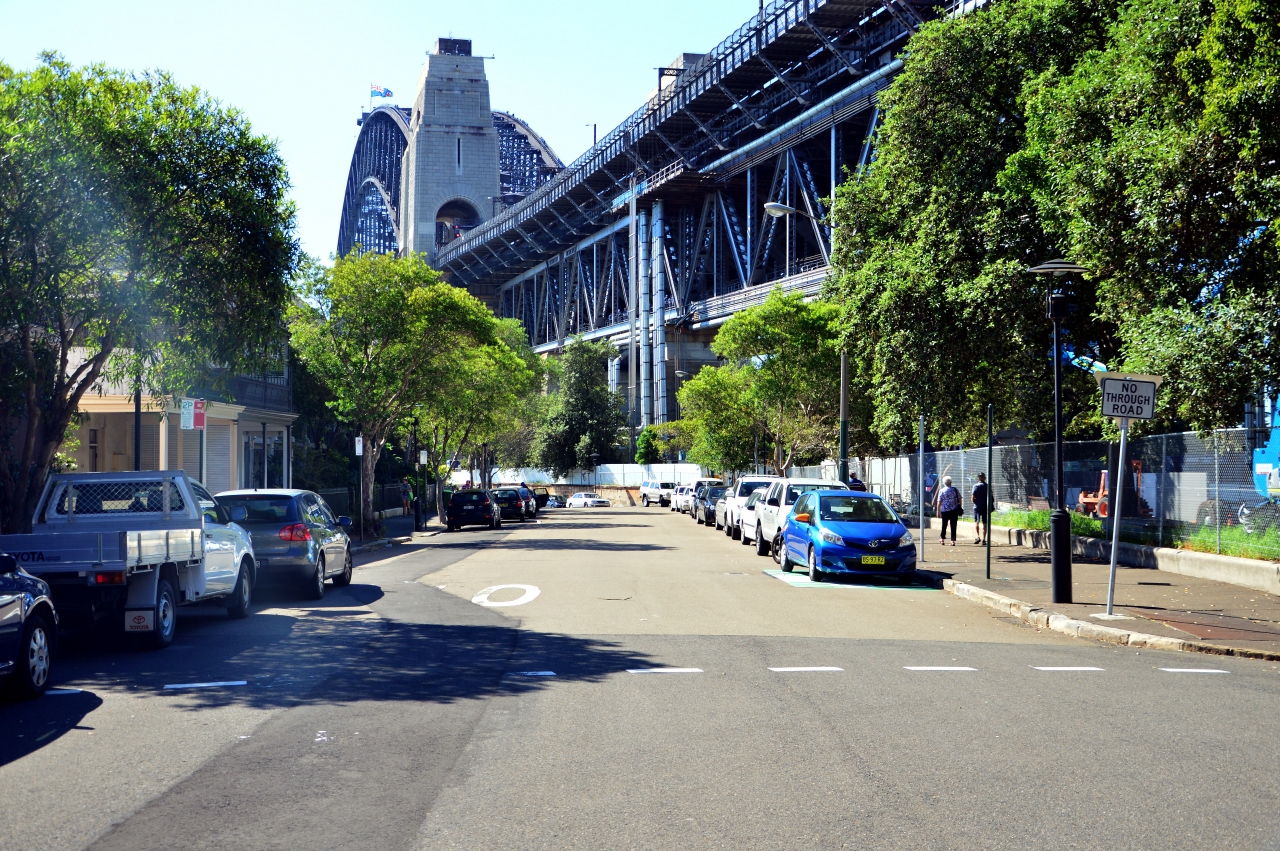

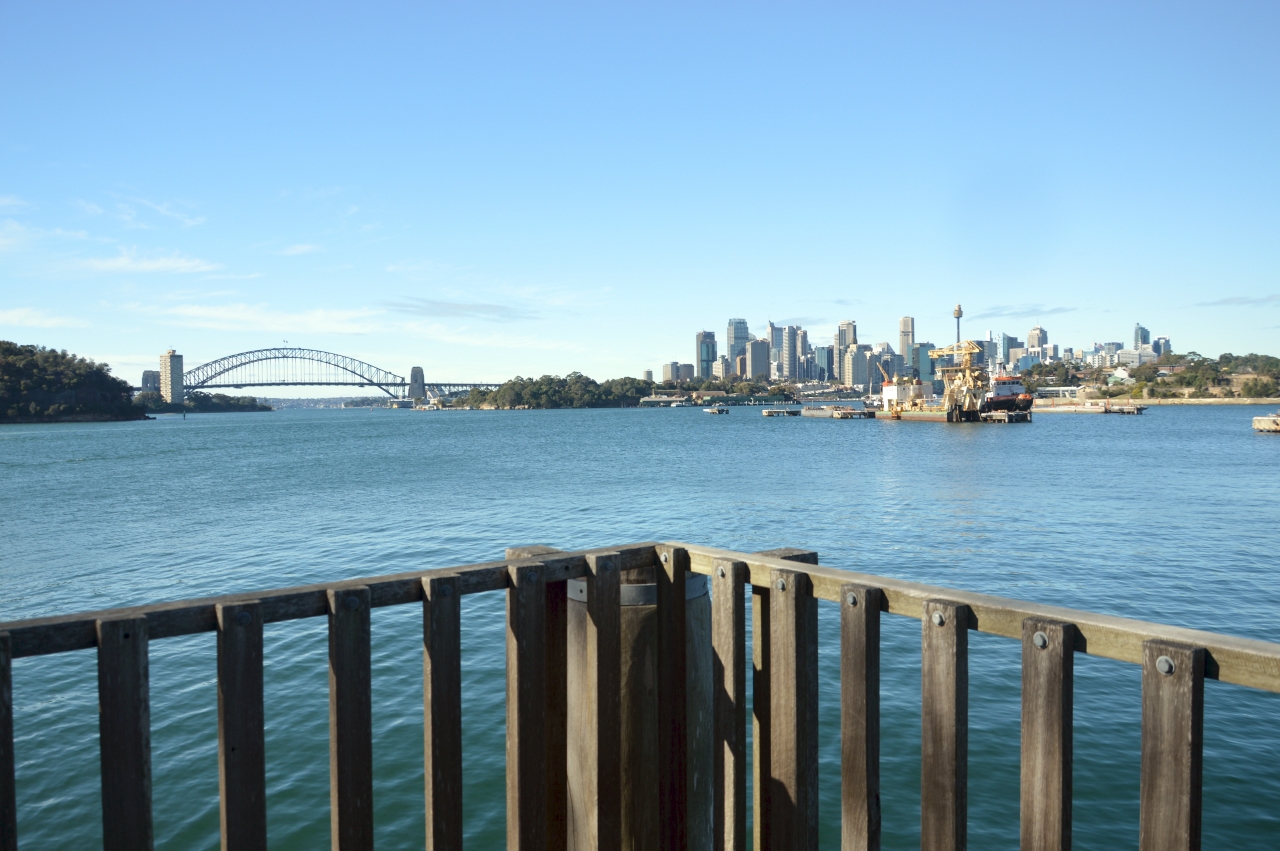
One thought on “Sydney Roads Not So Straight Forward”